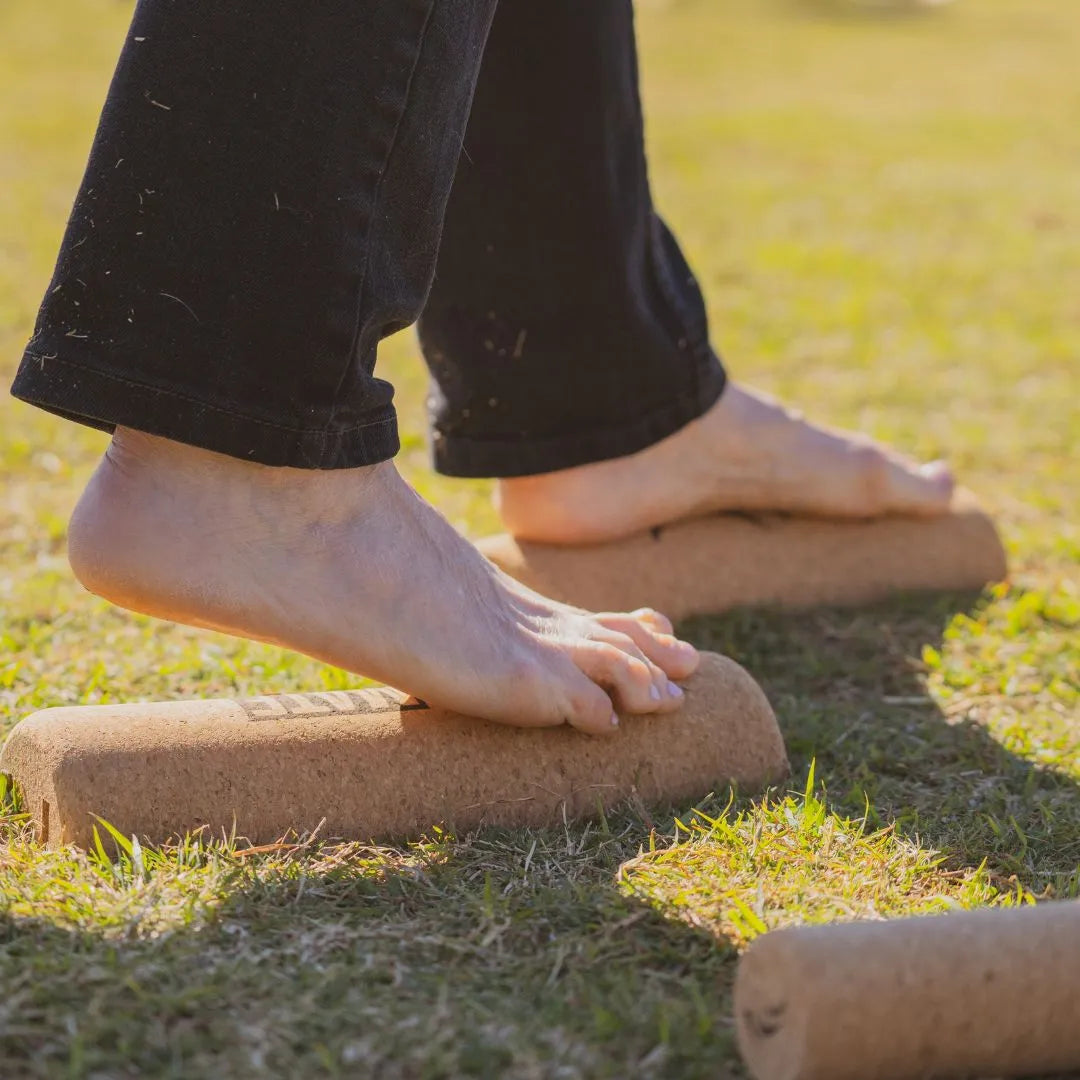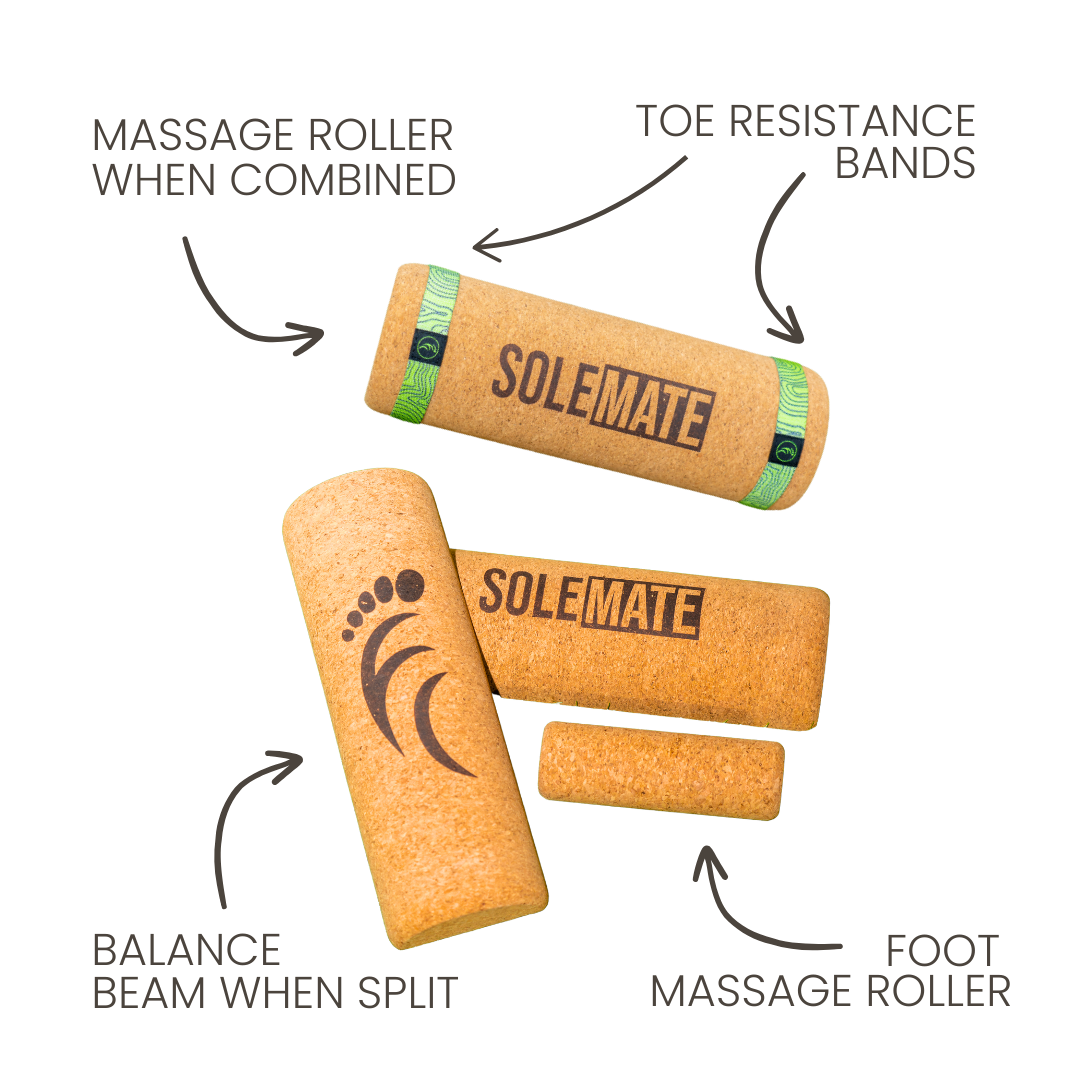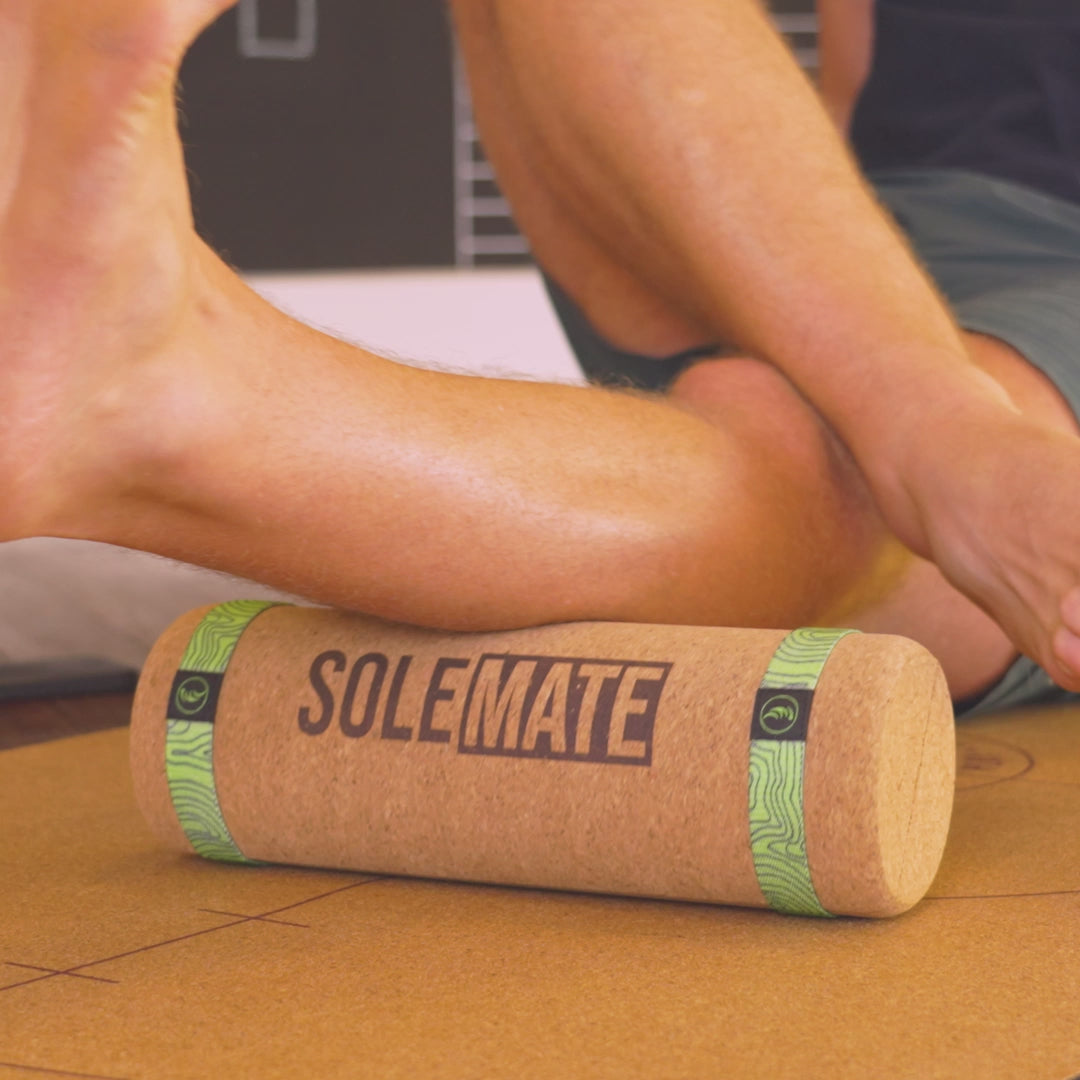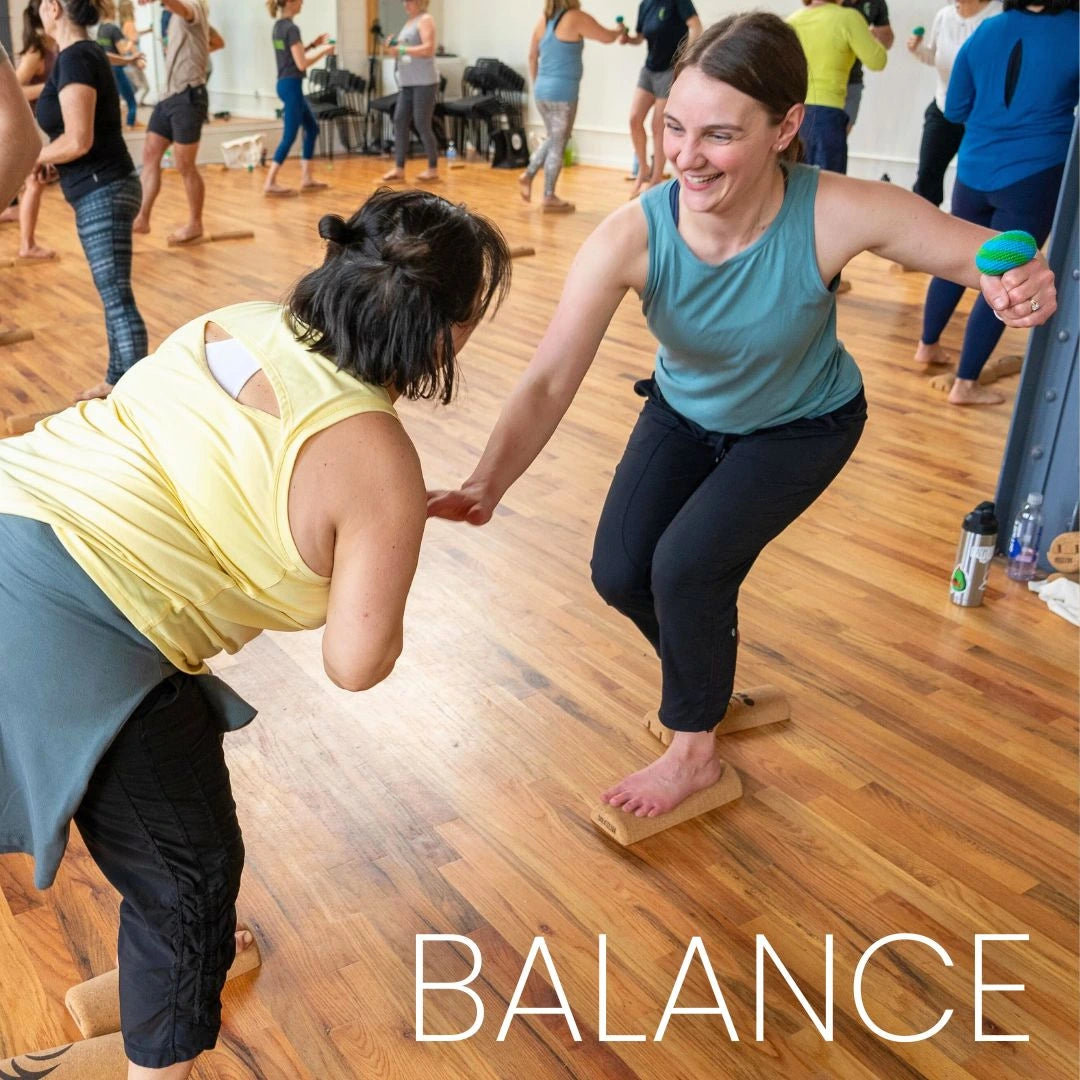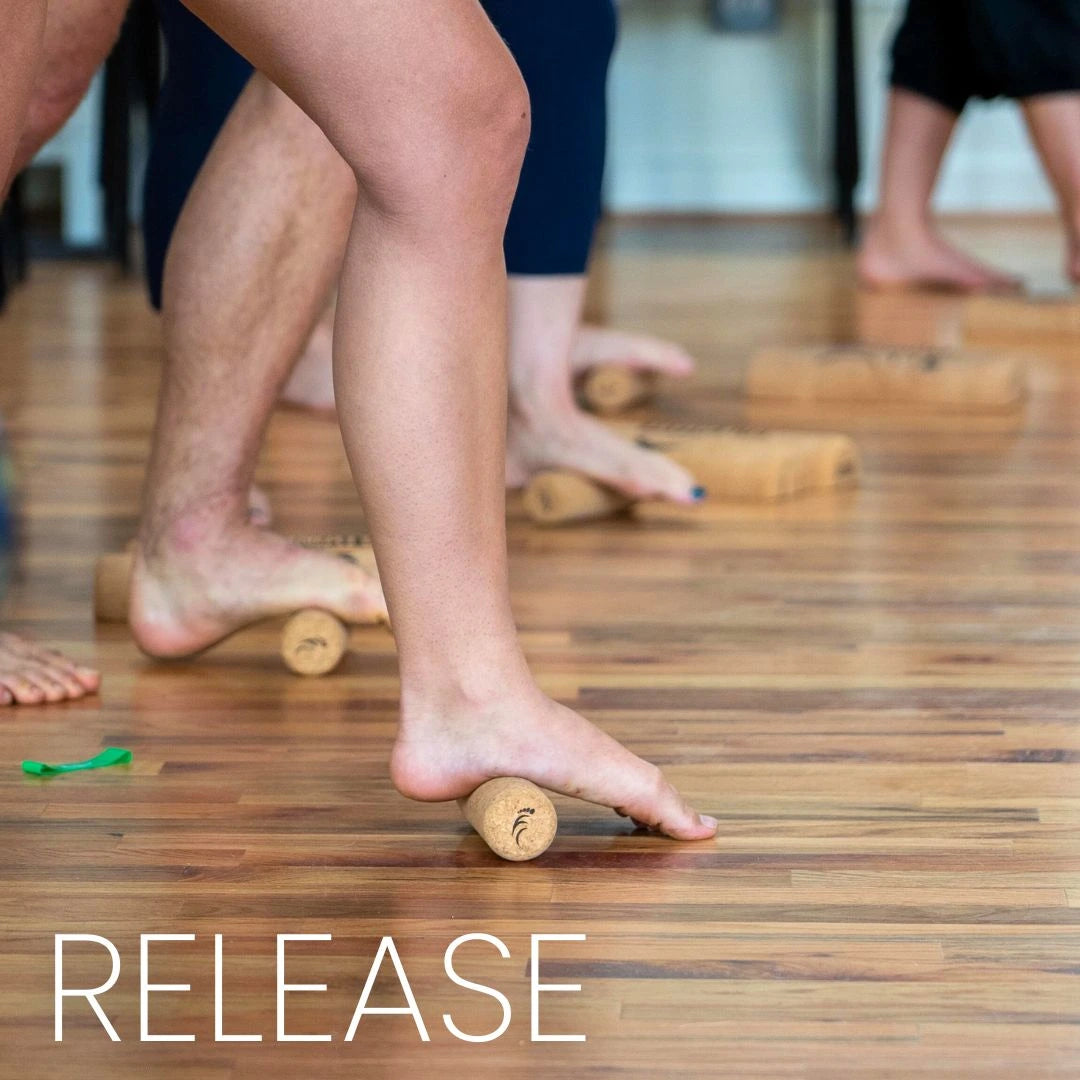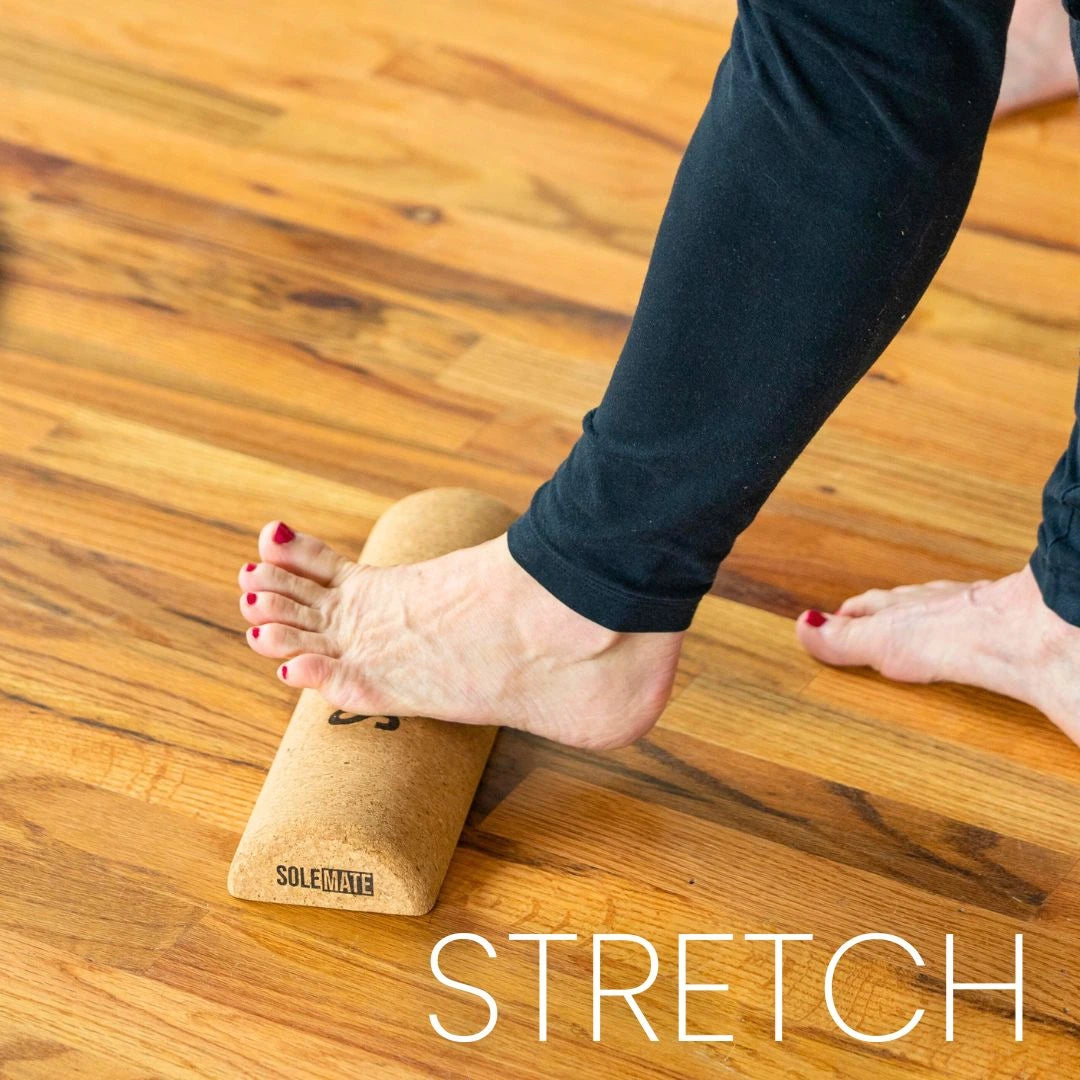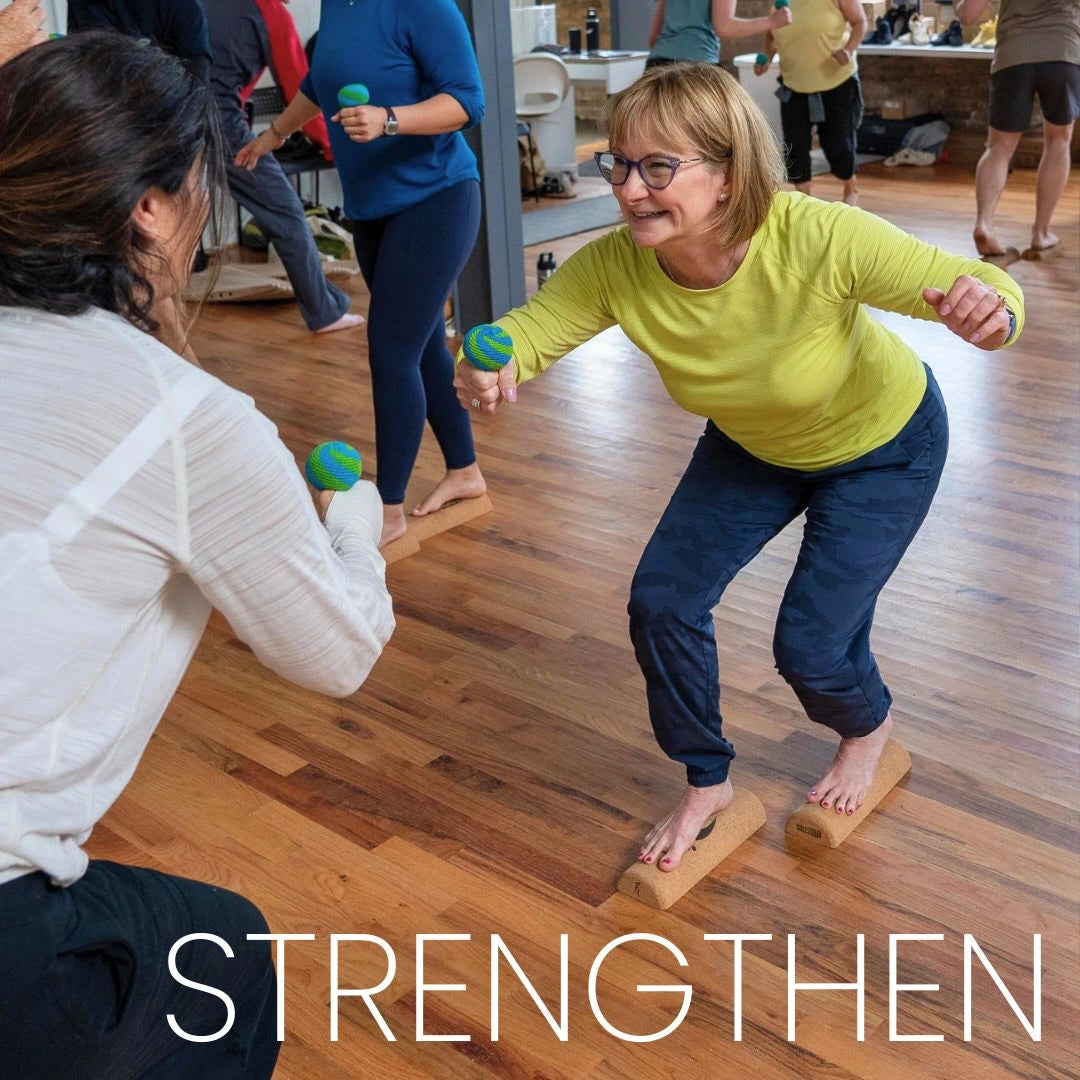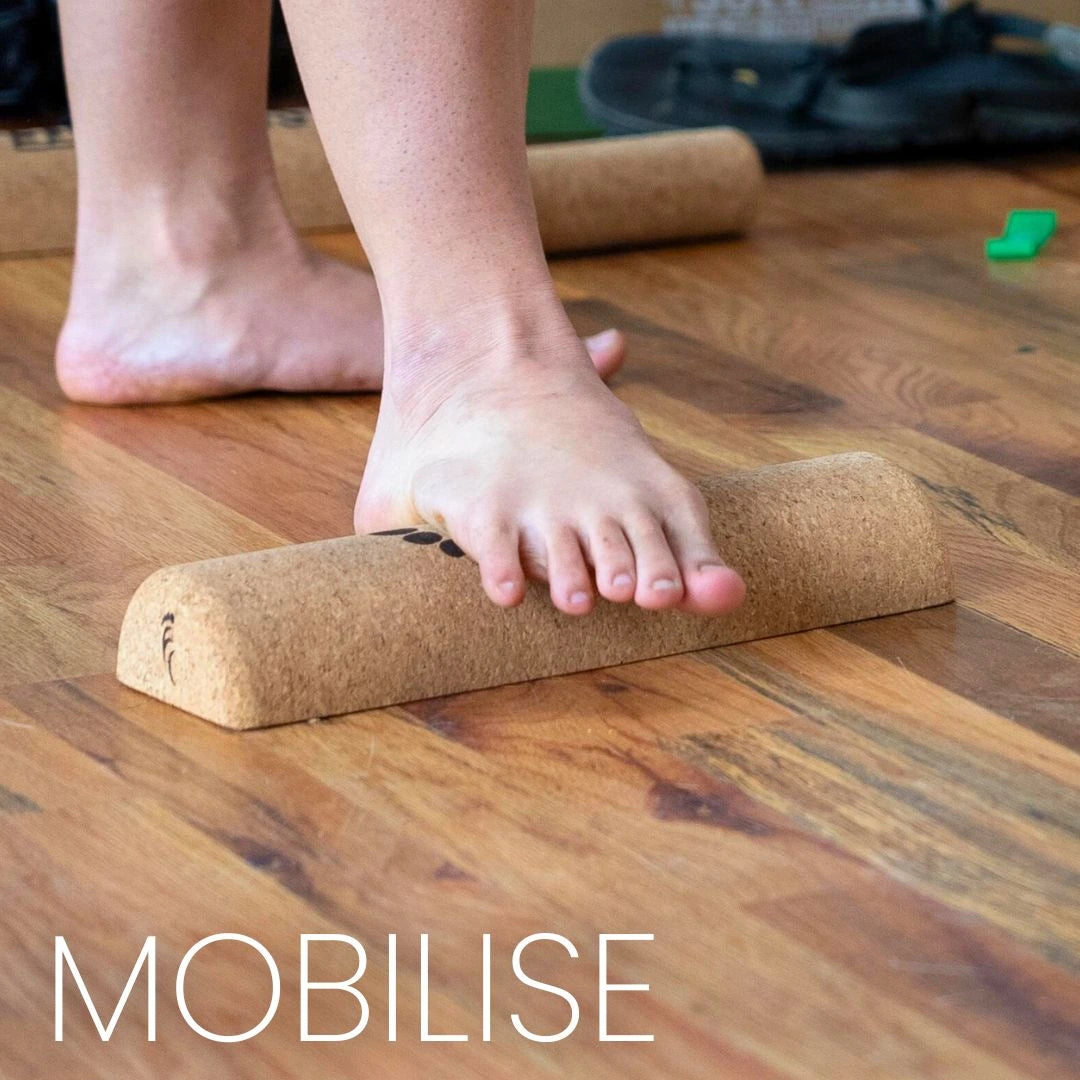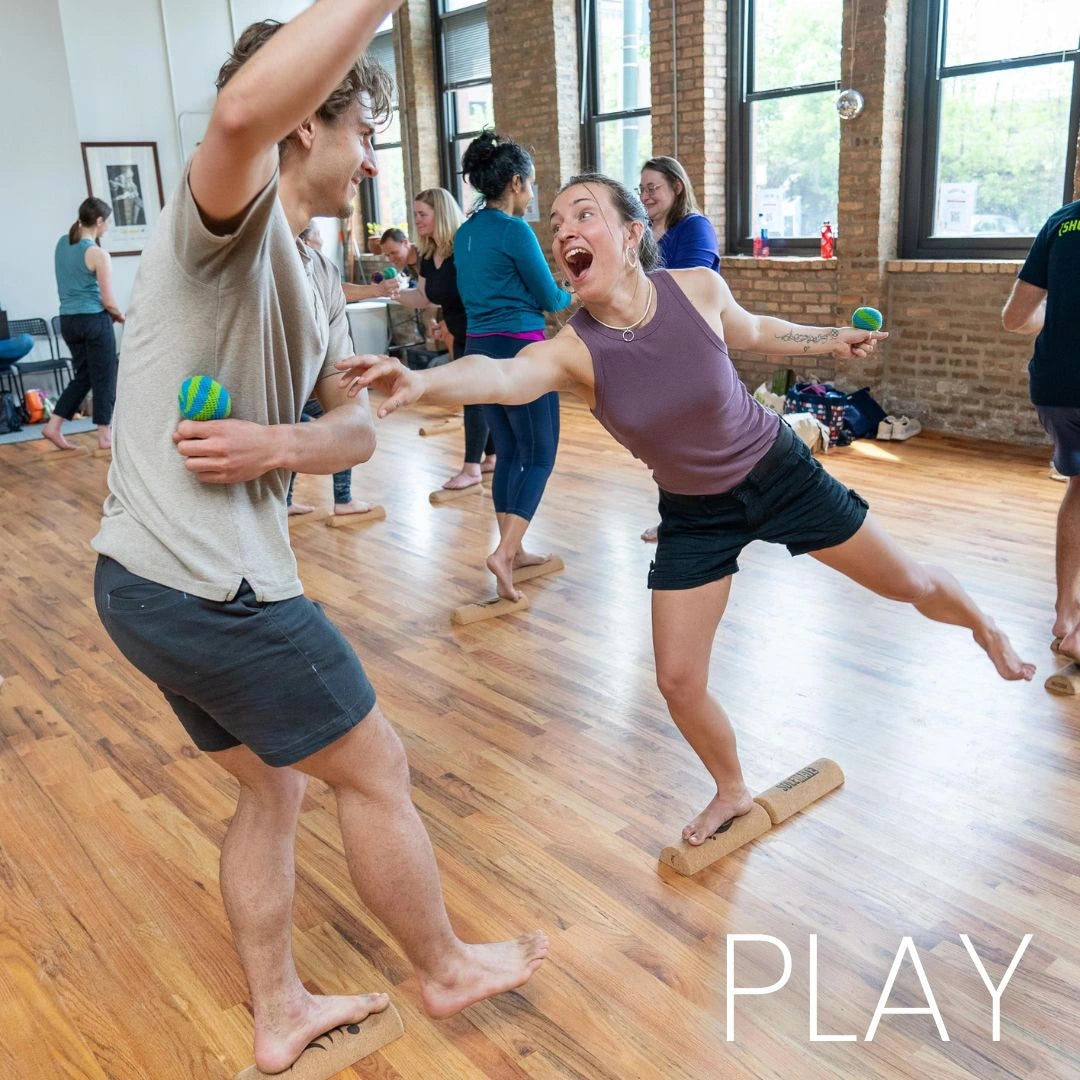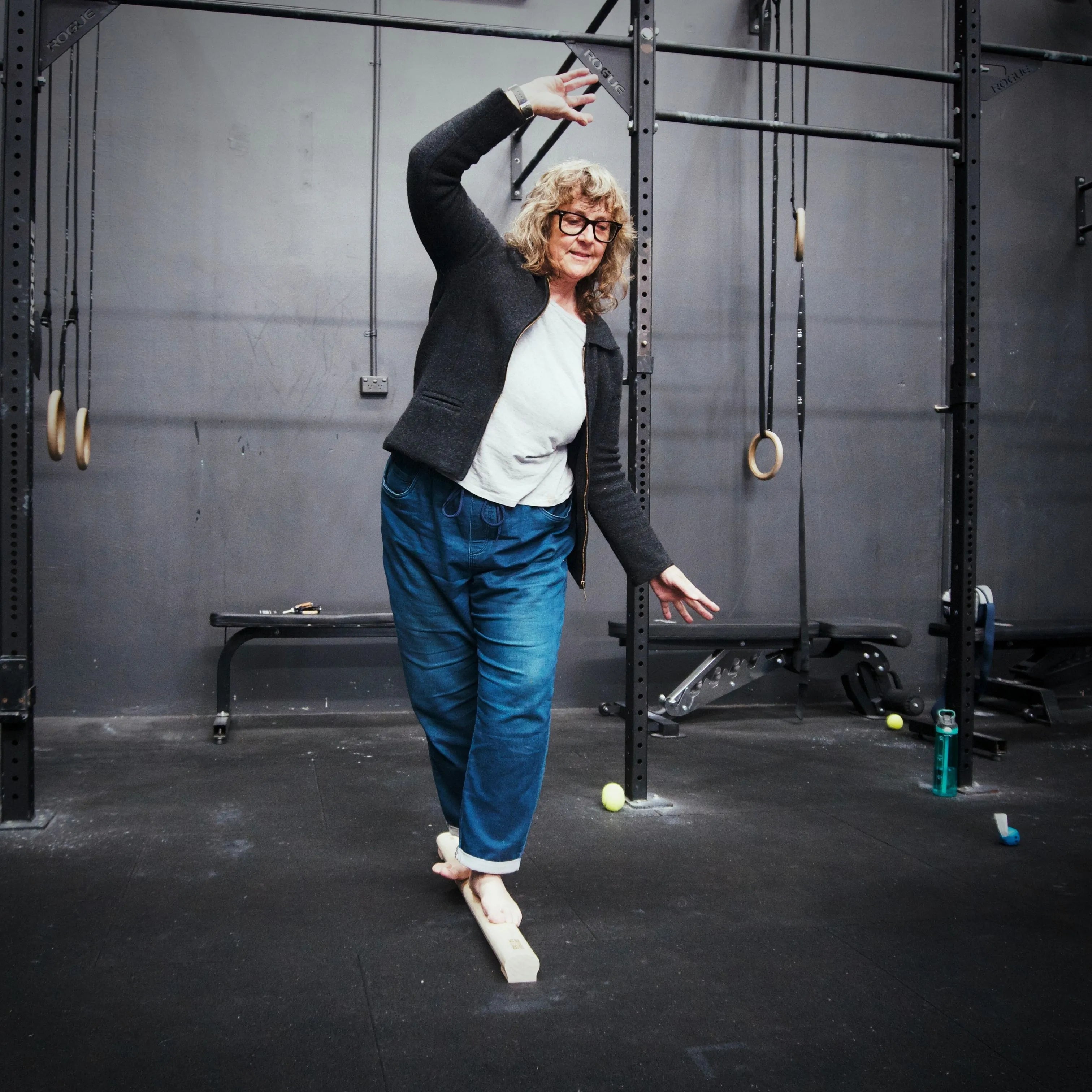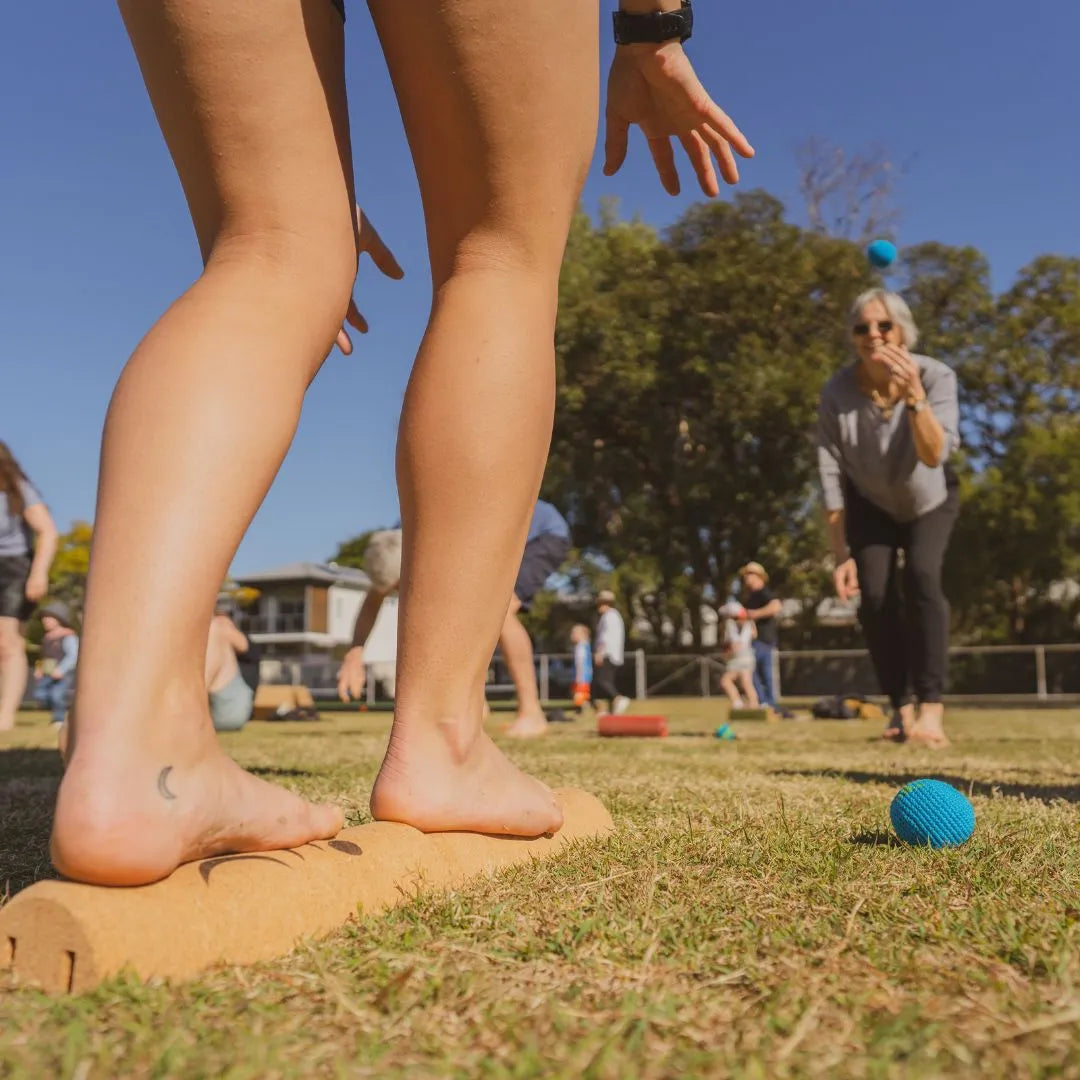
WHAT IS BALANCE?
Every fundamental human movement requires balance - without it we would be completely restricted to lying flat on the ground.
But what actually IS balance? How does it work and why should we care?
Our balance system is wondrously complex, being made up of three primary subsystems - the visual, vestibular and somatosensory systems.
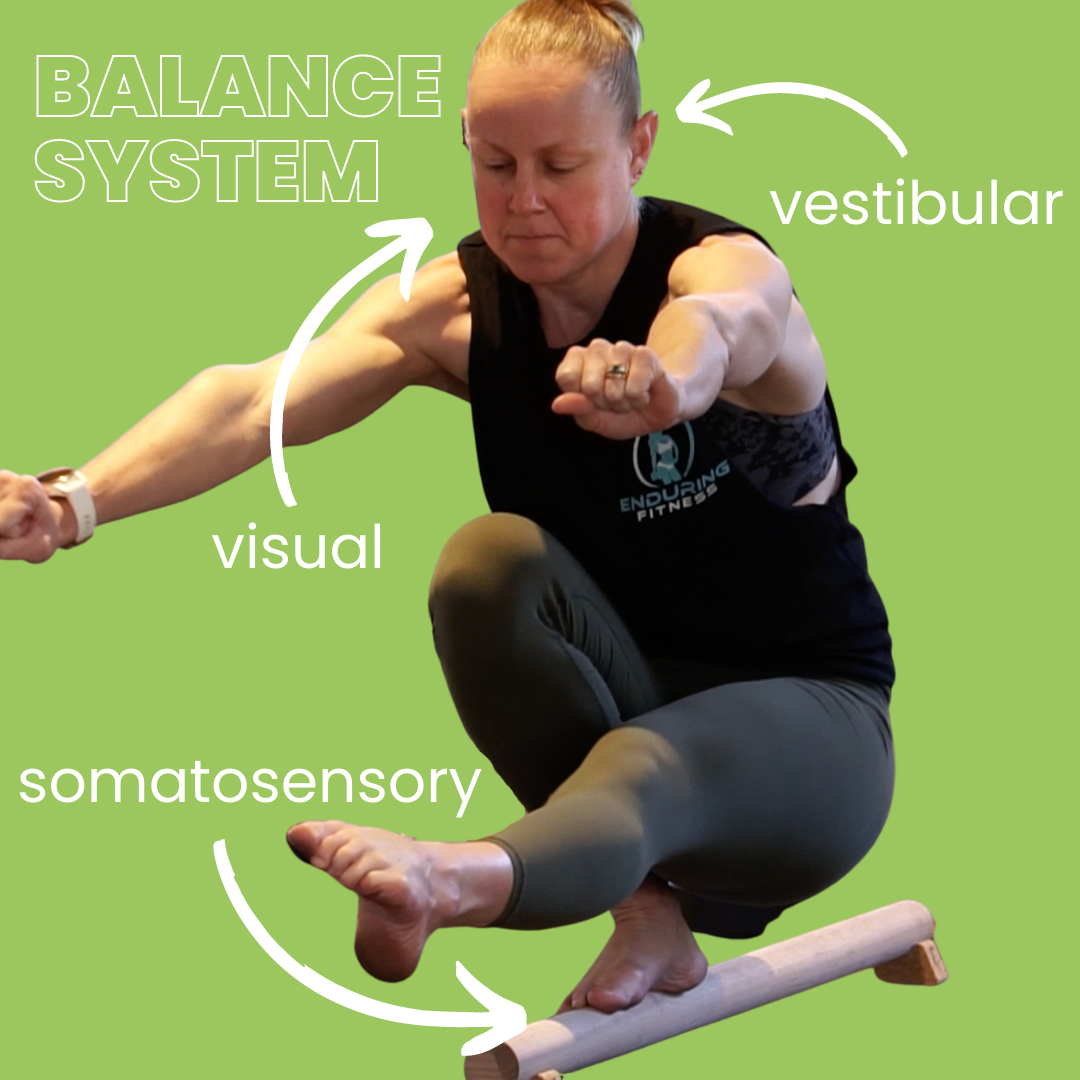
VISUAL SYSTEM
Light sensors in our eyes send information about our position in space.
VESTIBULAR SYSTEM
Sensors in our inner ears provide information about the position and movement of our head in space
SOMATOSENSORY SYSTEM
Sensors in our skin, muscles, joints and nerves provide information about the position of our trunk and limbs relative to each other.

All of these systems integrate with each other to give our brain an accurate picture of where our body is in space so that it can give the body the best chance of maintaining stability in whatever it is you’re doing.
It really is amazing what humans can do with their balance and movement systems with some consistent training - can you imagine any other animal learning to surf, slackline or ride a unicycle?
But this is not something we’re born with - we build our balance through years and years of constant trial and error while learning fundamental movement patterns like rolling, crawling, sitting, squatting and walking.
If you’ve ever had the privilege of watching a baby or toddler move around, you’ll have a sense of just how many errors it takes to get these basic movements right!
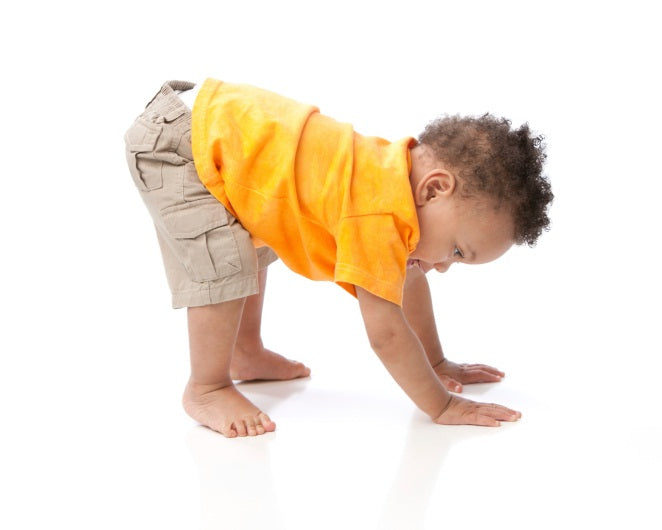
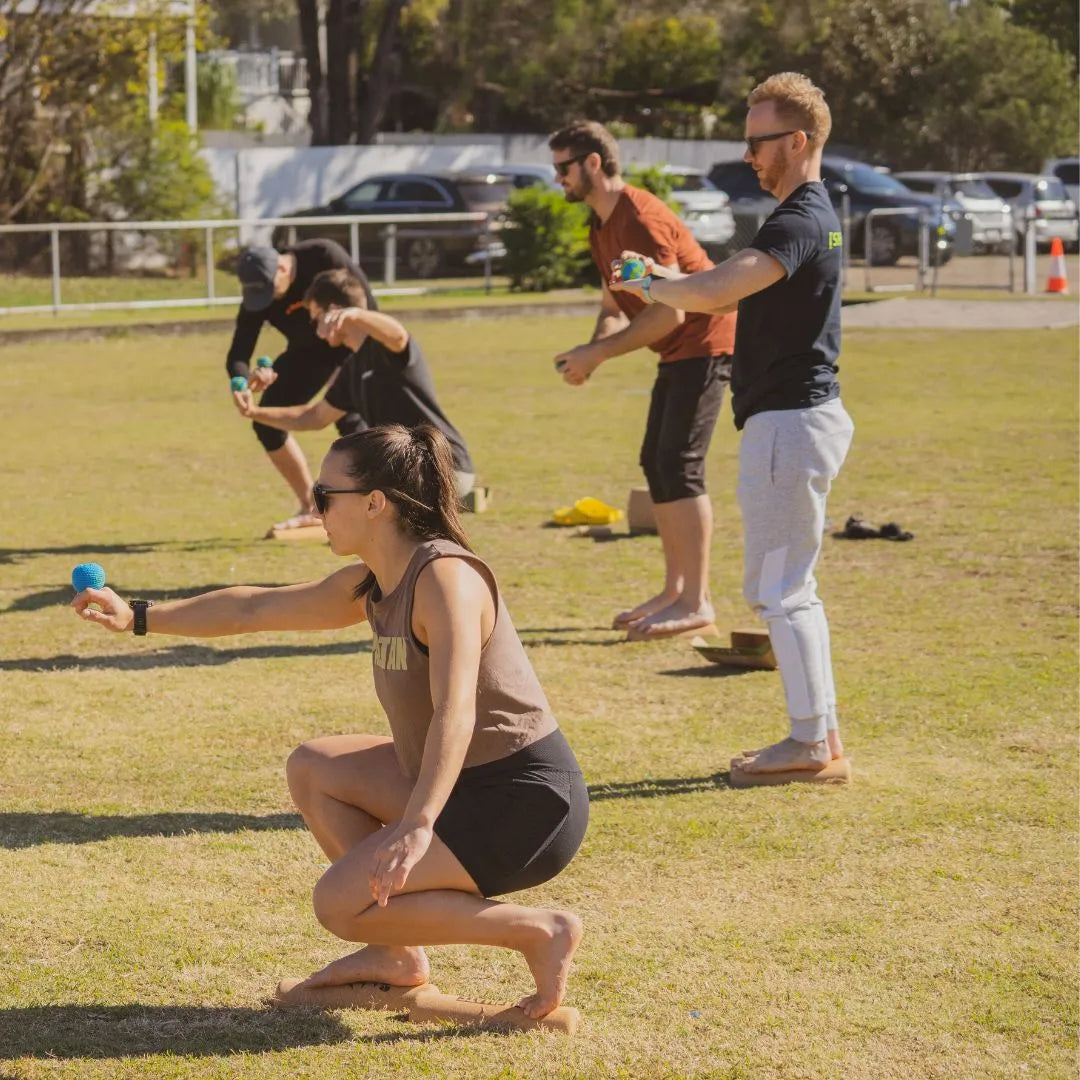
IT'S ALL CONNECTED
So our balance system is heavily influenced by the level of strength, mobility and coordination that we build up (or gradually lose) over time.
Without adequate mobility in our hips, knees and ankles, we will feel unbalanced in a deep squat, or any skill that requires that position.
Without adequate strength and coordination in our feet, we will never be able to express our potential for balance and efficiency in walking, running or jumping.
Watch the video below to test your balance with our simple follow-along assessment.
When we’re young and small, errors we make with our balance are not a big issue - when we fall down, we might suffer a scrape or a bruise but we tend to be able to shake it off and try again.
When we’re older and bigger, a hard fall can be seriously injurious and even fatal depending on how, and onto what surface, we fall.
The rates of sports injuries in young athletic populations and falls in the elderly population are both consistently climbing.
Yet most people don’t train their balance consistently, until after they have a fall or injury and they have been given balance exercises as part of a rehab program.
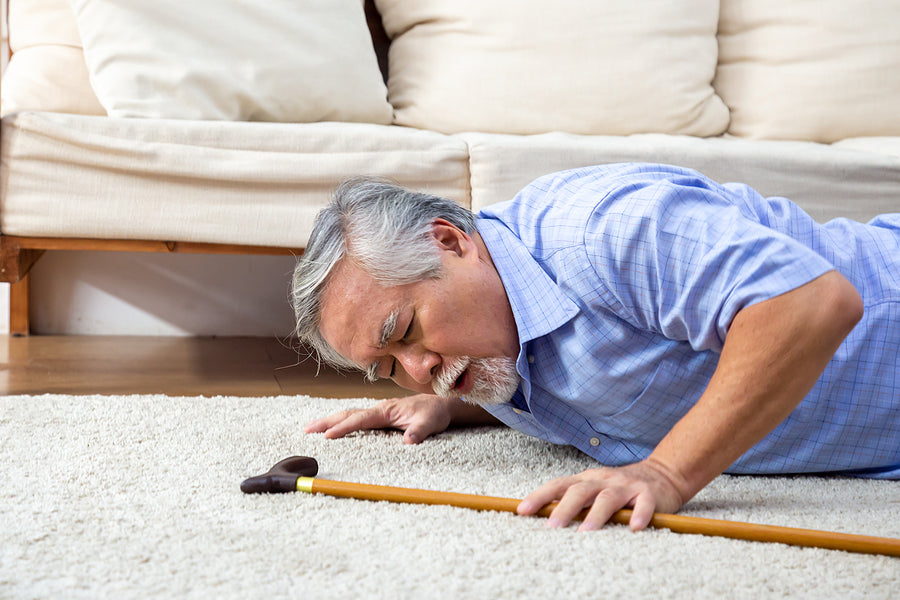
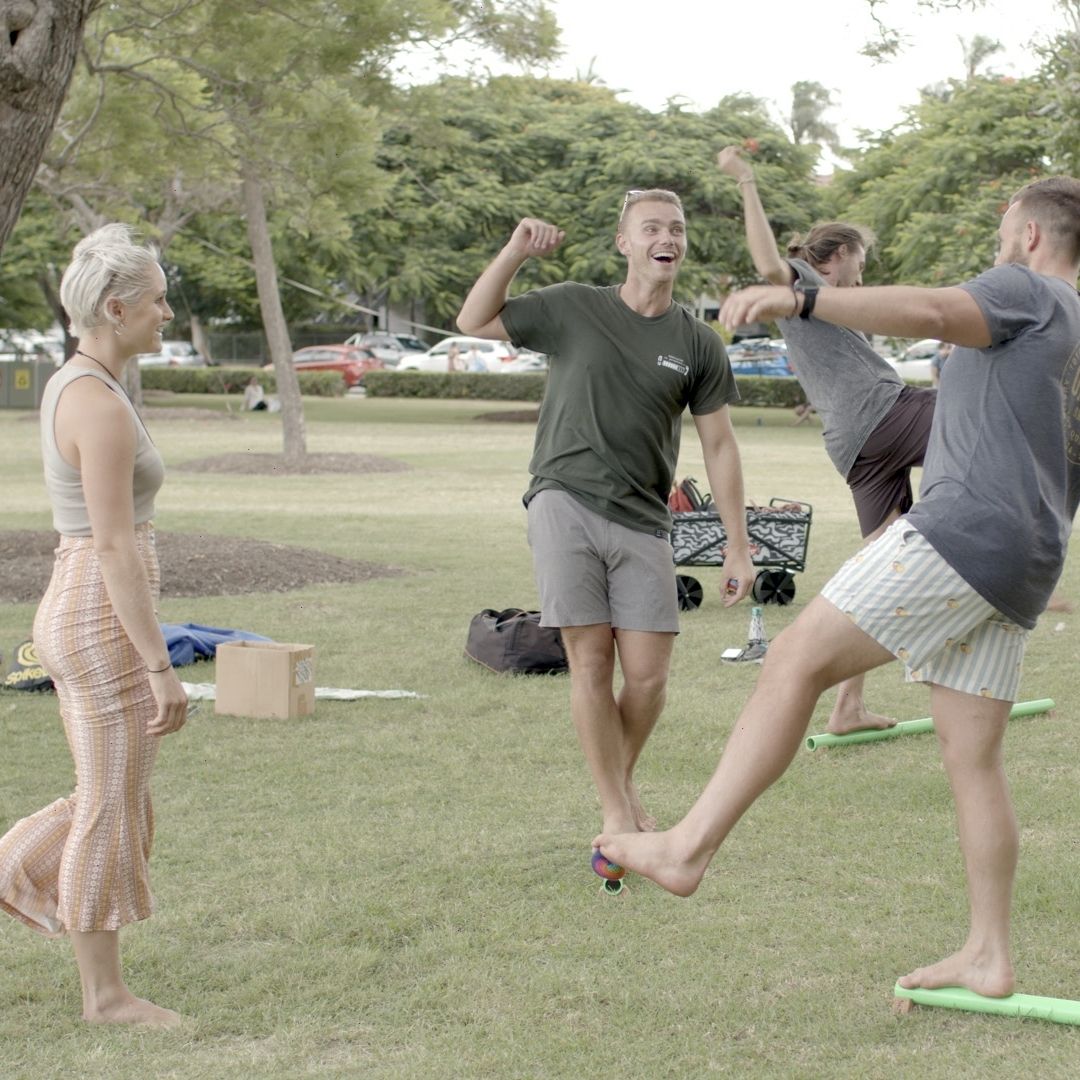
THE BIG BALANCE PROBLEM
The problem is, our modern lifestyles and environments don’t challenge us anywhere near enough - everywhere we go, there are chairs to sit in and flat, level ground to walk on.
Not to mention the crazy modern shoes that completely disrupt the relationship between our feet and the ground.
This is a major reason why it’s so important that we create a regular balance training practice in our lives.
It makes no sense to just wait for our balance system to deteriorate enough for us to sustain some kind of injury before we train it - why not just get started now?
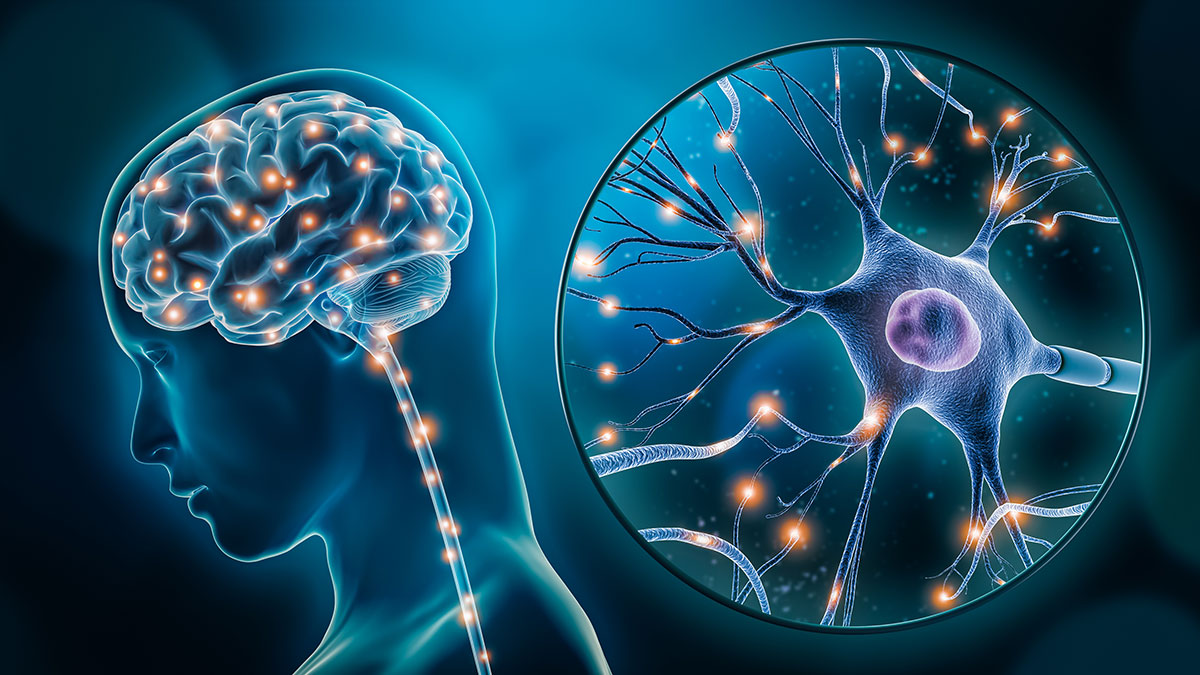
But balance training isn’t just about avoiding all the bad things that might happen to us.
It turns out that this process of trial and error we engage in exploring new movements and activating our balance system is actually a critical stimulus for neuroplasticity in the brain.
This is true for both children and adults, regardless of age - challenging our balance not only makes us better at balancing but better at learning in general.
That means you can use balance training as a form of moving meditation, where you get amazing benefits for your body while also stimulating your brain and clearing your mind, giving you a leg up for your work/study/social commitments!
It really is a no-brainer and I’m sure you’re convinced - but where do you start?
Check out our free training page below to begin your balance training journey.



